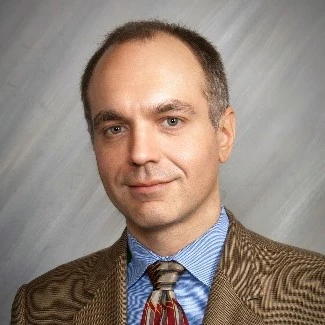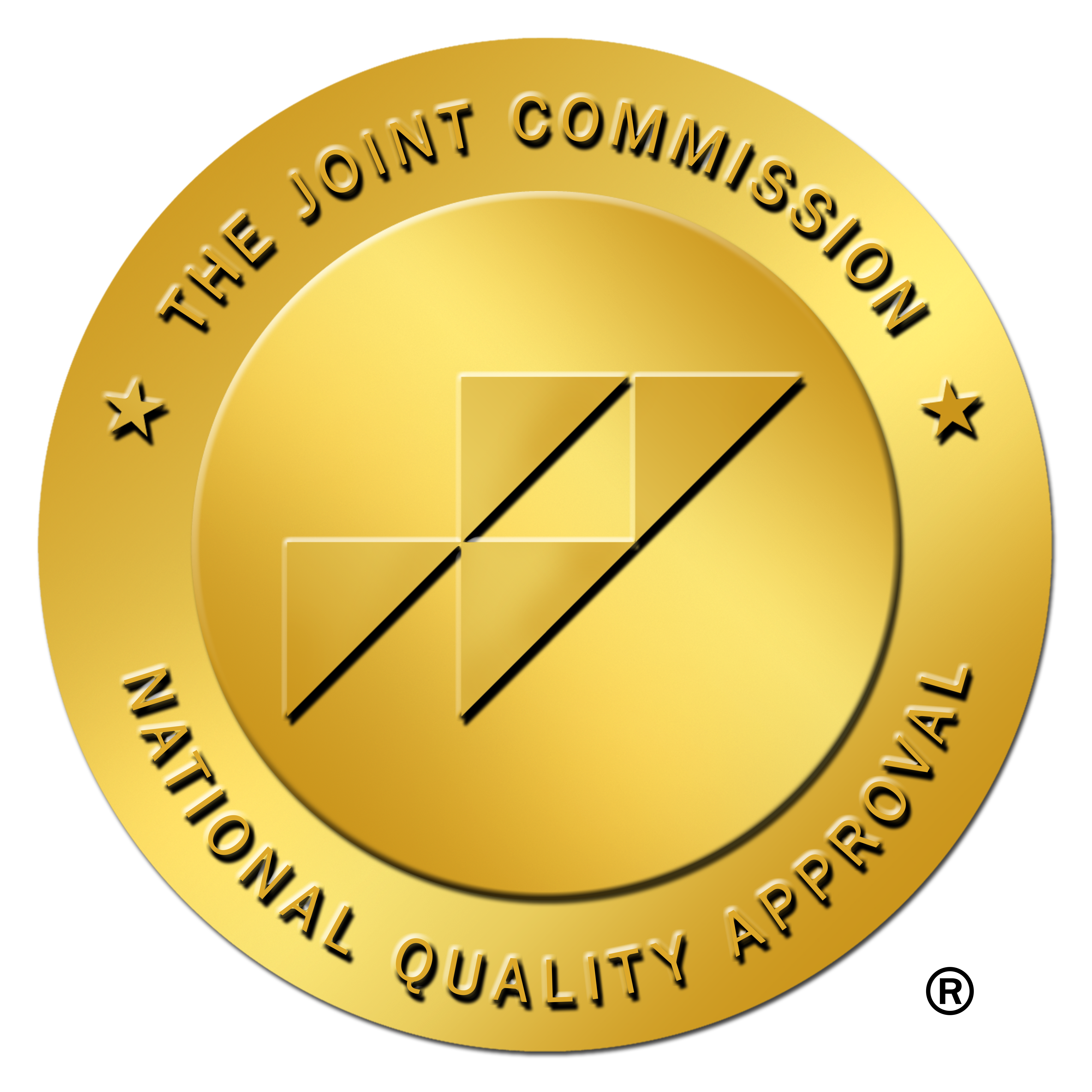Few public health crises have gotten more attention or ensnared so many Americans as much as the opioid epidemic. Beginning in the late 1990s and continuing to today, this epidemic has killed thousands and addicted millions. While this epidemic has unquestionably impacted countless lives, trends have moved in more positive directions of late. Furthermore, a slew of high-quality treatment resources has emerged that give people more hope and make recovery even more possible.
What Does the Opioid Epidemic Actually Refer to?
The term “opioid epidemic” is a reference to the massive spike in opioid-based pain medications that started in the late 1990s. This occurred for many reasons but got its start as prescription drug companies began to prescribe increased levels of opioid-based drugs. Opioids are a class of drugs that impact the opioid receptors that all of us have. The use of opioids can remove pain, reduce anxiety, and create a state of euphoria in which the user is essentially high. When used properly and as prescribed by a trained doctor, opioids can be very useful in helping someone deal with pain on a short-term basis.
Unfortunately, the use of opioids comes with a price. They are highly addictive, and when used improperly, individuals can overdose on the drug. In 2020, drug overdoses increased 30%, with more than 93,000 people overdosing on drugs. This increase was largely driven by a major spike in opioid deaths.
It must be reiterated that the opioid epidemic has also seen a rise in numerous innovative treatment programs and modalities. By enrolling in such a treatment, an individual can make a full recovery and permanently kick their opioid addiction. Although it took time, there is no question that the opioid epidemic has now fully captured the attention of policymakers. Many states have declared a public health emergency around the opioid epidemic, thus steering additional dollars towards treatment and support of individuals who are addicted to opioids. This, in turn, has resulted in the additional availability of treatment resources to people who need the help.
How Did the Opioid Epidemic Get Its Start?
Like any major public health crisis, it is virtually impossible to attribute any singular cause to the opioid epidemic. However, a variety of causes can be tied to the opioid epidemic.
The Treatment of Pain
In the late 1990s, doctors and other medical professionals began to get more aggressive in how they treated pain, with many referring to it as the “fifth vital.” Doctors became convinced that they had not adequately addressed a patient’s pain, noting that tens of millions of Americans had runaway pain that dramatically impacted and limited their ability to function, go to work, or even attend to activities of daily living.
While this belief in the need to better treat pain was rooted in patient care, it had unintended consequences: It helped fuel the development of prescription drugs that seriously influenced the opioid epidemic.
The Sackler Family, Purdue Pharma, and OxyContin
The Sackler Family is an American family who helped to create Purdue Pharma, a pharmaceutical company best known for its creation of OxyContin, a highly potent and highly addictive opioid painkiller.
On the one hand, the family is known for its deeply philanthropic activities, as they have given huge sums of money to a variety of museums and educational facilities throughout the world. However, they are best known for their role in the opioid epidemic, with available evidence indicating that Purdue Pharma and the Sackler Family knew about the problems that their drug created. Many lawsuits have alleged that the family put financial concerns over the well-being of their patients and promoted the drug even as more and more people were getting addicted to it. They have been accused of ignoring scientific evidence and promoting the drug to users at all costs, even human lives, and are now facing a multi-billion-dollar settlement with many states.
The Reformulation of OxyContin
Responding to the needs demands of the marketplace and federal regulators, in 2011, Purdue Pharma developed a remarkable new formulation of OxyContin: A tamperproof pill. Unlike its predecessor, this new pill could not be crushed, burned, snorted, or melted. The coating that allowed the pill to be released over an extended period of time also could not be removed. In other words, this pill could only be used in its prescribed way, and the only way people could overdose on it would be to take more of a pill than they were prescribed.
Unfortunately, this also had unintended consequences. By making it more difficult for individuals to abuse OxyContin, many people who were addicted turned to heroin, which provides a similar high, is more widely available and is cheaper. Many studies have directly tied the tamperproof pill to a spike in heroin use and overdoses.
Policy Responses
As conversations around the opioid epidemic continued to grow, various local, state, and federal governments began taking an increasing series of actions to address this public health crisis. It took time, but coordinated efforts did succeed for some time in bringing down opioid deaths. Furthermore, as time has passed, more innovative ways have been developed that can help people recover from these epidemics.
Increased Funding for Treatment
Across the nation, federal, state, and local governments have dramatically increased funding for opioid treatment and prevention programs, with many studies pointing to the fact that the amount of taxpayer funding in these areas has increased significantly.
Furthermore, insurance coverage has typically become more willing to cover opioid treatment programs. Indeed, the passage of the Affordable Care Act required that all insurance plans cover addiction treatment services. This mandate alone helped to expand access to treatment to tens of millions of Americans and is believed to have saved thousands of lives.
Immunity Laws
In many cases, individuals would overdose on heroin and other prescription drugs. These people could often be revived with immediate medical care, but individuals who they were with may have been high themselves, and these people would become too nervous to contact medical professionals for fear of being arrested themselves.
In response to these concerns, many states created immunity laws. These laws held that individuals who were using heroin could not be arrested if they called first responders to assist in providing medical care for an individual who was overdosing on heroin or any other drug. These laws – also known as “Good Samaritan laws” – removed a critical barrier and made it easier for people who were overdosing on heroin to receive the lifesaving care that they needed.
Prescription Drug Monitoring Programs
Much of the issues related to the opioid epidemic were tied to bad doctors. These doctors ran “pill mills” that freely gave out larger than necessary doses of pain medication, such as OxyContin, or prescribed the pills to individuals who didn’t need them. Furthermore, many patients – desperately addicted to the substance – would engage in “doctor shopping.” In this process, patients would move from doctor to doctor, complaining about the same ailment and using it to get opioids. This allowed them access to the medication that they craved.
In response, many governments created Prescription Drug Monitoring Programs. While each states’ Prescription Drug Monitoring Program operates differently, the core principles are the same: Individuals who are prescribed opioids first have their name checked against a database, allowing the doctor and pharmacy to confirm that the patient doesn’t have any outstanding prescriptions with other doctors. This helps to keep the use of opioids to legitimate uses. Furthermore, a doctors’ prescription of opioids can be tracked, thus helping law enforcement authorities track down doctors who are inappropriately prescribing medication.
Prescription Changes
As doctors and the medical industry became more aware of the dangers posed by opioids, a variety of prescription changes began to take hold. States and the Centers for Disease Control altered prescription guidelines, encouraging doctors to be more circumspect in how they prescribed the drug. Doctors were encouraged to use opioids only when absolutely necessary, to give the lowest possible dose to a patient, and to monitor for any signs of abuse or dependency.
Naloxone
Naloxone is a life-saving drug that became widely available as the opioid epidemic became worse. When administered to a person who is overdosing on opioids, it can instantly revive that person, saving their life and allowing them to get desperately needed medical care.
A variety of public policy changes allowed for naloxone to become more widespread in the 2010s. These included requiring first responders to have the treatment and encouraging the family members of addicted individuals to have it with them at all times. As the medication is simply a nasal spray, it requires no medical expertise to be administered. Furthermore, many states have issued orders that require pharmacies to have naloxone and make the medication available upon request.
Treatment Options
As the scope of the opioid epidemic became better understood, it quickly became apparent that additional treatment options were necessary in order to fully address the scope of the crisis. Thankfully, the opioid treatment community has come a long way in the past two decades, and there are now a variety of methods used to treat opioid addiction.
Medication-Assisted Treatment
A variety of medications can be used to help change the body’s chemistry and remove many of the cravings or ability to get high from opioids. Medication-Assisted Treatment – when used in conjunction with counseling – is believed to be one of the most effective forms of therapy for opioid misuse.
Counseling
Like most forms of addiction, counseling is believed to be at the core of all treatment options. A variety of therapeutic modalities exist for opioid addiction counseling, including Cognitive Behavioral Therapy and Motivational Therapy. Furthermore, a counselor may examine the relationships that a person who is addicted to opioids has, helping the addicted individual reexamine their relationships and develop healthier ones.
Inpatient Therapy
The opioid epidemic has resulted in a major growth of inpatient, residential facilities. At these facilities, patients are monitored 24/7 and given a slew of intensive treatment. These therapeutic communities usually have patients stay for a set period of time, somewhere between 30-90 days. They may offer a sober living component upon the conclusion of a treatment program. During this time, patients will transition out of therapy by staying at a halfway house.
If you or someone you love is addicted to opioids, you should immediately seek professional treatment. There are many high-quality opioid treatment clinics available, and if you live in Mississippi, you may want to check out any number of the Defining Wellness Centers. We have a long history of helping individuals who are addicted to opioids recover and lead a full life, as we work closely with patients, their families, and their doctors to not only address the addiction but its underlying causes. Don’t wait, call today!



















